|
Teachers are all too familiar with the stress that comes with writing substitute plans. This is often more work than our daily responsibilities. We have to meticulously explain our schedules, routines, and lesson plans to someone who is unfamiliar with our classroom dynamics. We know how important it is that the materials are organized and readily accessible for our substitute. We do our best to preemptively address any potential issues that may occur. Substitutes may possess limited to no experience with art supplies, setting the stage for potential mishaps that could result in ruined projects, wasting costly materials, and/or behavioral disruptions. To eliminate such risks, many art teachers choose to devise alternative lessons for their absence—a decision that requires additional effort but is better than returning to disorder or dealing with incident reports. Many people don't realize the amount of work that goes into writing plans for a substitute teacher. The overwhelming workload frequently compels teachers to push through illness, schedule appointments during breaks or weekends, and try to avoid taking time off altogether. This mindset helps contribute to burnout and compromises our mental health. Throughout my teaching career, I've evolved from a teacher who rarely takes a day off to now someone who advocates for taking days off whenever needed. Because I know how hard it is to leave plans for a substitute, I've tried to streamline the process with a simple formula: minimizing mess while maximizing student engagement results in a successful day for my substitute teacher. 1. Create Up-to-Date Seating Charts "Your goal when preparing for a substitute is to maintain as much consistency in your classroom as possible. You want your students to learn and create at their best." Your seating charts are essential to make sure the day runs smoothly for your substitute teacher. While you may have created seating charts at the start of the term, you probably have made adjustments since then. Consider creating a blank seating template for your classroom. This way, you can print a fresh copy and fill in names the day before your absence. I maintain a seating chart for each grade level, paperclipped on top of the class folder. Before leaving for a substitute, I make sure each folder has an accurate seating chart. If one goes missing or I realize it's outdated, I update the correct seating chart on a blank template. If your students sense the substitute is unaware of their usual seating arrangements, they may seize the opportunity to sit with friends and disrupt the learning environment. You carefully designed your seating charts to place students where they will do their best. When students aren't in the correct seating arrangement, your substitute teacher may struggle with classroom management. Your goal when preparing for a substitute is to maintain as much consistency in your classroom as possible. You want your students to learn and create at their best. You want your substitute to be able to deliver the material and manage your classroom with ease. We know that substitute teaching is extremely challenging. Substitute teachers often lack the same rapport you have with your students. Therefore, taking proactive steps to support them ensures a positive experience for everyone. 2. Limit the Materials "I generally try to plan activities with dry art media, even if some substitutes are comfortable managing messier supplies. Ultimately, my goal is to eliminate any potential issues for them." While your typical day might involve juggling paints, oil pastels, and clay, it's unlikely that your substitute teacher shares the same skill. Managing and cleaning up so many different art materials may be a daunting task for someone not used to it. When preparing for a substitute teacher, it's helpful to limit the materials to a few dry-media choices. You may choose to leave buckets of materials stationed at each table for days of your absence. By pre-selecting and arranging the materials before you leave, you provide clear directives for the substitute to follow. Students can easily access and return the materials to the designated buckets at their table. Limiting the supplies minimizes confusion and reduces the substitute's need to manage different media for each class. Typically, I leave an assortment of crayons, colored pencils, and markers for the substitute teacher to oversee. While each class may pursue different lessons or activities, they can all work on their projects using the same set of materials. Introducing markers, a rare treat for younger students like kindergarteners and first-graders, adds an element of excitement to those classes. With these limited materials, the substitute's task is simplified, and most of my students are responsible enough to help out. In rare instances where I am confident my substitute teacher will be an art teacher or a practicing artist—I may leave additional materials. I generally try to plan activities with dry art media, even if some substitutes are comfortable managing messier supplies. Ultimately, my goal is to eliminate any potential issues for them. By limiting the materials, I can alleviate some of their concerns and contribute to a smoother classroom experience overall. 3. Leave Simple, but Engaging Lessons "Observing and listening to your students can provide valuable insights into their interests and preferences. Armed with this knowledge, you can curate lessons that resonate with their passions, ensuring genuine engagement." The key to an effective substitute plan lies in crafting a lesson that strikes the delicate balance between simplicity and engagement. I find that tapping into my students' interests helps to ignite their excitement. Observing and listening to your students can provide valuable insights into their interests and preferences. Armed with this knowledge, you can curate lessons that resonate with their passions, ensuring genuine engagement. For instance, a group that constantly discusses shoes might enjoy a sneaker design challenge, while anime fans could thrive on creating a new character guided by a step-by-step tutorial. Simplicity is key, but so is sustained interest. The challenge lies in presenting an activity that feels familiar yet fresh, avoiding the pitfall of repetition. Take, for instance, the thrill my students experienced when I asked them to design their own phone cases. I printed a blank iPhone template. Immersed in the task, they poured their creativity into intricate case designs, and even included their favorite app icons. It was a hit—a plan tailor-made for a substitute. The activity was easy to understand, and students were excited by the subject matter. As great at this simple assignment was, it's not something I could use again. Replicating the exact assignment or something similar just wouldn't have the same effect; the novelty has worn off. By leveraging student interests to tailor class-specific lessons, you can cultivate an environment where learning feels less like a chore and more like an adventure. The key lies in striking the delicate balance between familiarity and novelty, ensuring that each lesson remains a source of excitement and inspiration for your students. 4. Provide a Low-Stakes Alternative "When selecting an alternative assignment, simplicity and relevance are key. Low-stakes tasks offer all students an opportunity to succeed." Regardless of the lesson you've planned, it's important to have a backup or alternative assignment prepared. Some of your students may disengage if the task doesn't pique their interest, while others might rush through their work to socialize. This could potentially disrupt the learning environment. Whenever possible, I try to leave students with their most recent projects to complete and encourage them to reflect on their progress in writing. I instruct the substitute to have students begin with these tasks before moving on to the next activity. Since students are already familiar with the assignment, they can work independently. Those who finish early can assist their peers or delve deeper into the project by crafting an artist statement. When selecting an alternative assignment, simplicity and relevance are key. Low-stakes tasks offer all students an opportunity to succeed. For instance, for a class that has recently explored symmetry, I might leave half of an image for students to complete. This assignment is straightforward yet still tied to the curriculum. By providing students with a partially completed design, the task becomes less daunting, making it particularly beneficial for those who may be less confident in their abilities. This approach not only reinforces learning but also fosters a sense of accomplishment for all students. 5. Secure Precious Materials "You want to preserve the materials they love so that you can continue using them when you return!" To safeguard your classroom materials from potential misuse, it's essential to secure the highly sought-after supplies. These materials tend to be messy and costly to replace. Preventing these prized supplies from being damaged is crucial to maintaining a well-functioning classroom. I typically opt to hide or lock away items such as Sharpie markers and oil pastels. I also prohibit the use of paints in my absence. Tools like X-Acto knives remain off-limits to ensure student safety and prevent mishaps. By planning for the worst-case scenario and implementing these precautions, you can spare yourself the headache of returning to a classroom in disarray. It's not about expecting the worst from your students; rather, it's about eliminating opportunities for them to make ill-advised choices. You want to preserve the materials they love so that you can continue using them when you return! I hope these tips will help you prepare for the next time you plan to be away!
While it's impossible to replicate the classroom atmosphere you've created, you can certainly help your substitute teacher succeed in your absence. Be sure to have a few lesson plans ready for emergencies or unexpected sick days. My school mandates that teachers maintain five such lessons on file, ensuring we're always prepared for any unforeseen circumstances. Whether you're taking a well-deserved vacation or tending to a loved one, the last thing you want is to be burdened with worries about school while you're away. By proactively planning ahead, you can enjoy peace of mind knowing that your classroom will continue to run smoothly in your absence. What have you found successful when planning for a substitute teacher?
0 Comments
Your comment will be posted after it is approved.
Leave a Reply. |
Mr. DeWilde's Blog
Archives
June 2024
|

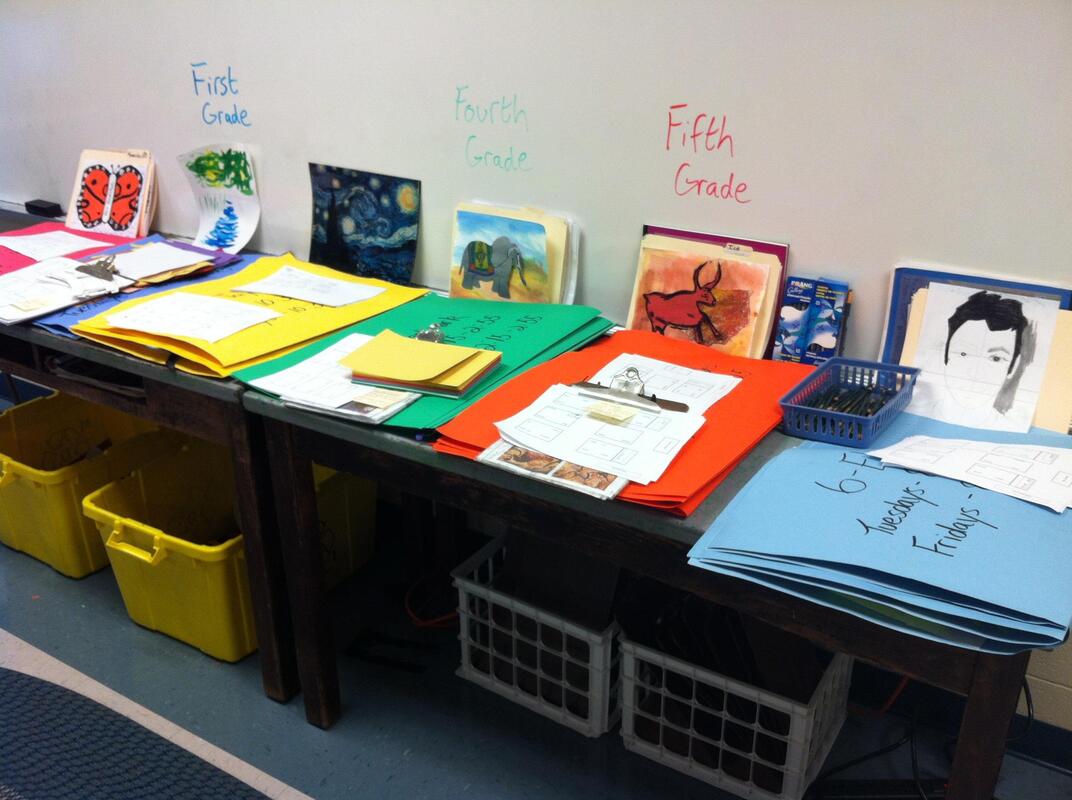
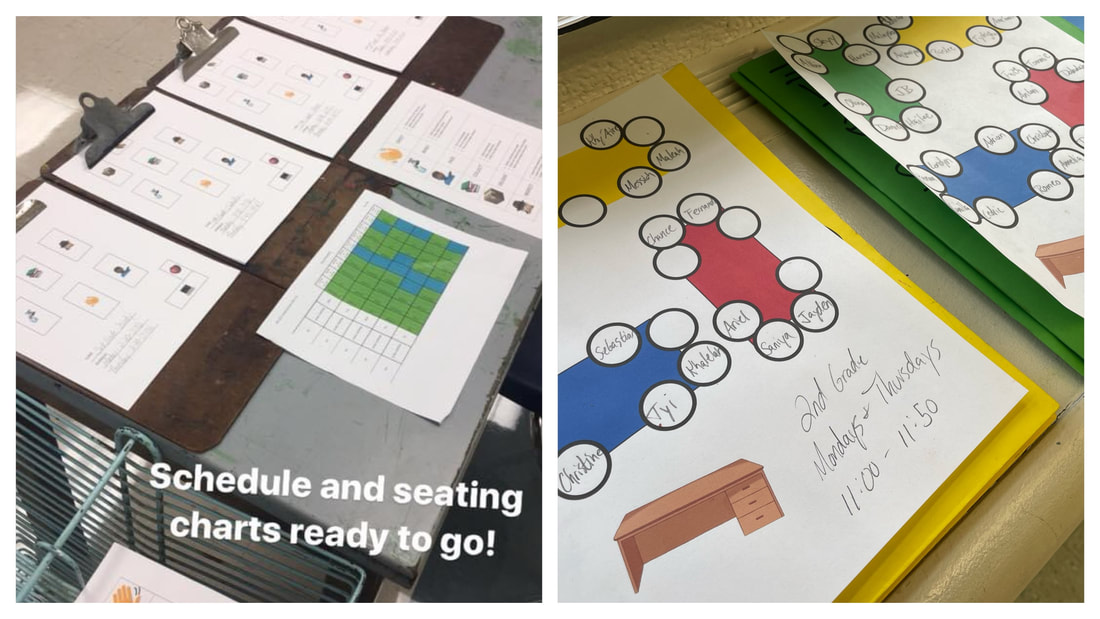
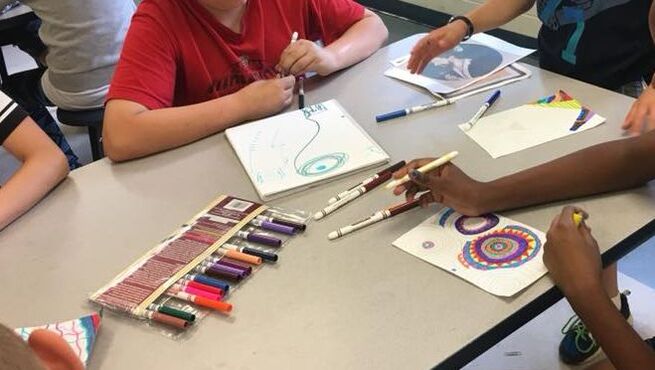
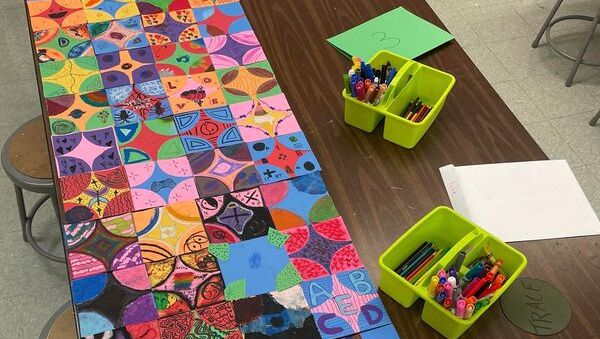
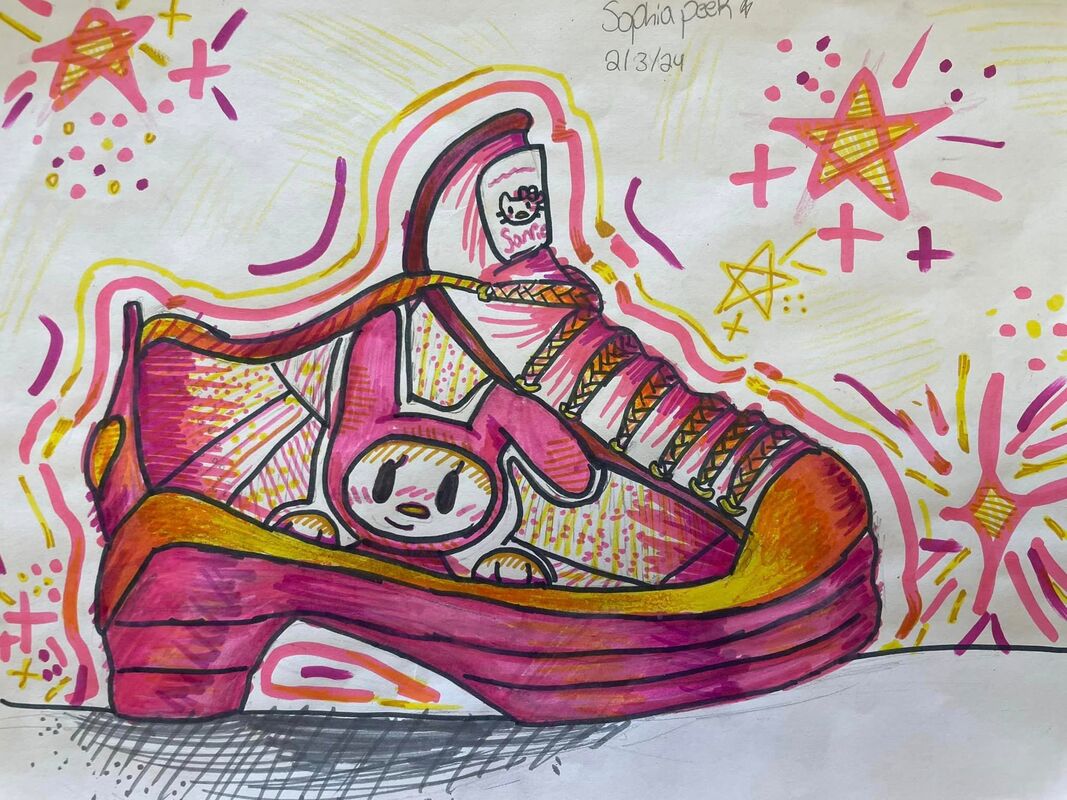
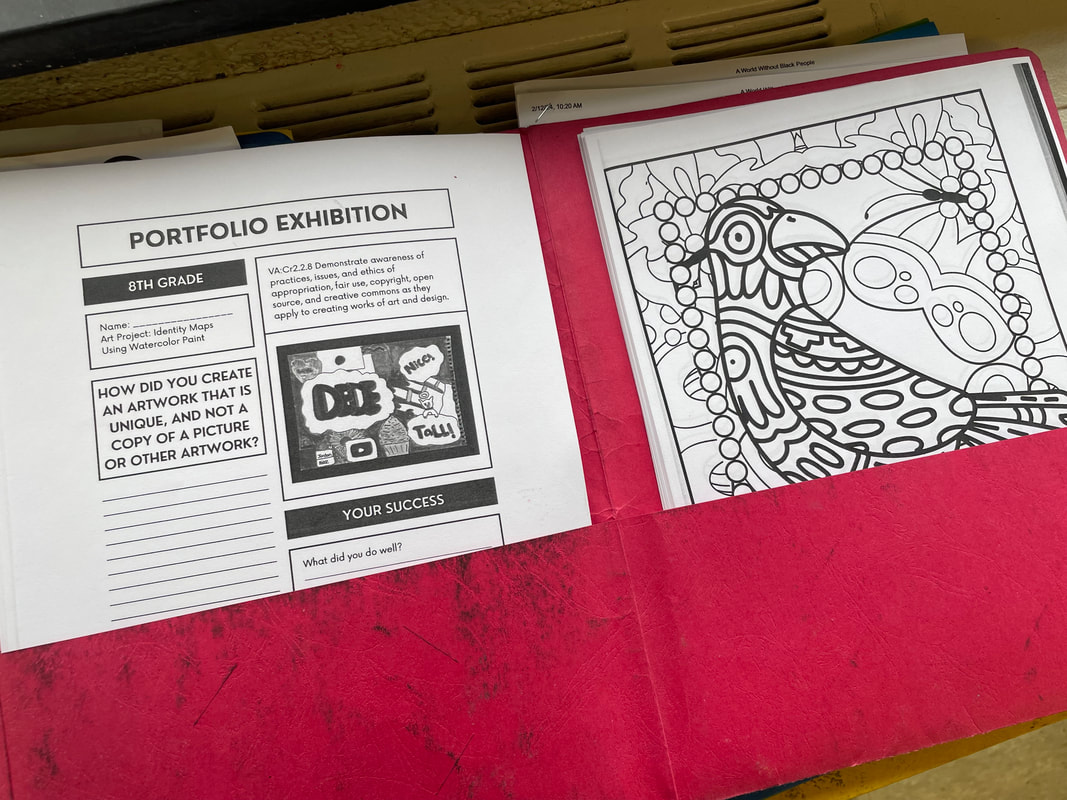

 RSS Feed
RSS Feed